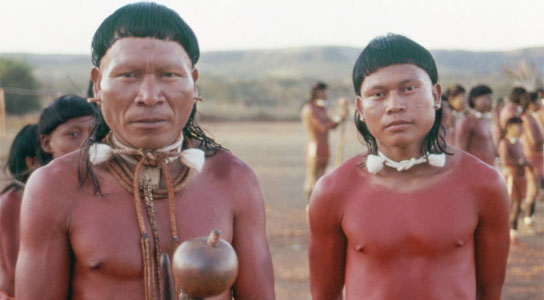
The Xavánte tribe in the Amazon has distinct features, including larger heads, taller and narrower faces, and broader noses.
Evolution is fueled by environmental factors, like climate, or geography. Cultural factors can play their part as well in the form of traditions and behaviors passed down from one generation to the next, shaping behavior and leading to evolutionary changes.
To gather more data, scientists looked at genetic, climatic, geographic, and physical traits of 1,203 members of six South American tribes living in the Brazilian Amazon and highlands. One group, the Xavánte, had radically diverged from the others by having larger heads, taller and narrower faces, and broader noses. These characteristics evolved in about a 1,500-year period. This rate was about 3.8 times faster than comparable rates of change seen in other tribes.
So the question is why? Climate and geography did not seem to account for it. It looks like cultural factors are at work. And the answer seems obvious now. In the Xavánte village of São Domingo, a quarter of the population is comprised of sons of a single chief, Apoena, who had five wives. The tribe’s sexual practices allow successful men to father many children, which can result in any traits of theirs quickly dominating their entire population.
Sometimes the answers are obvious when we look closer. Researchers are now toying with the idea of assembling databases of cultural and biological data. This could clue us in on other ways in which culture can influence evolution.









Be the first to comment on "Amazonian Tribe’s Head Shapes Explained"